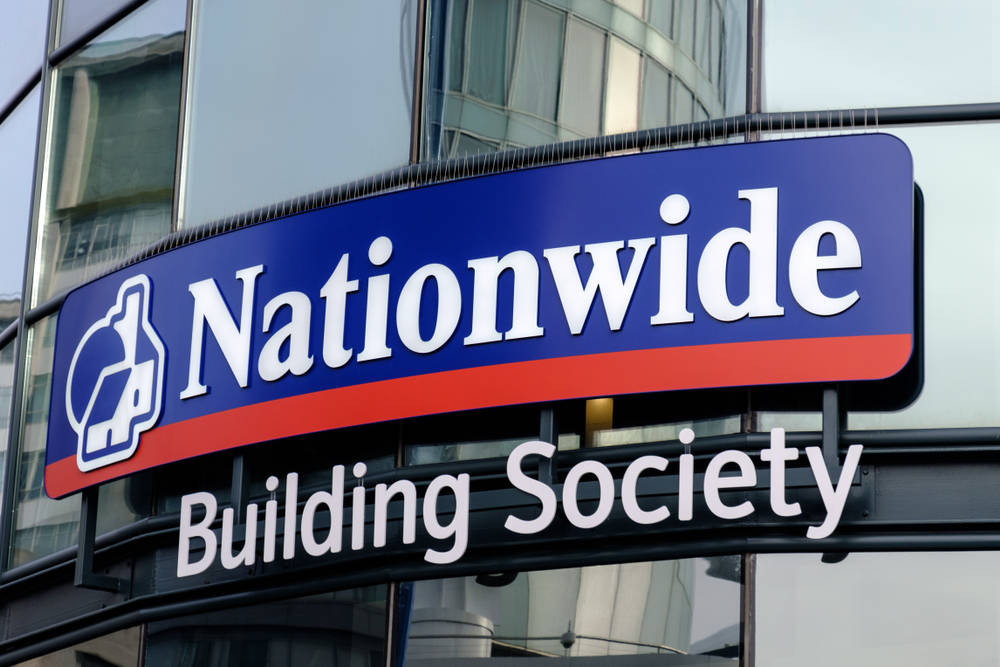
This is according to the latest research by the Intermediary Mortgage Lenders Association (IMLA) which thinks the potential ‘cliff edge’ scenario being forecast for 31 October when furlough and mortgage support schemes end may have been overstated.
The report – The Impact of Coronavirus on the UK Housing and Mortgage Market – found lenders expected between 0.5% and 5% of borrowers coming off payment deferrals at the end of October to enter arrears.
Lenders also thought a further 1.5% of borrowers on payment holidays would be able to make interest-only payments. Therefore, a large majority of borrowers were likely to successfully return to repaying their mortgage.
The report comes as the FCA released guidance on how lenders would continue to support borrowers facing financial difficulties when support measures such as payment deferrals come to an end on 31 October.
Kate Davies, executive director IMLA, said: “There have been some major concerns that Britain’s economy and the mortgage market could face a cliff edge when the furlough and payment holiday schemes conclude at the end of October, but this latest report from IMLA suggests that the impact might be less severe than anticipated.
“The mortgage market has remained strong and resilient in the face of Covid-19, and figures suggest that most borrowers will return from payment deferrals with little or no difficulty.
“The government’s latest measure to cut Stamp Duty is also likely to have sparked further demand in the housing market.”
Economic recovery
However, Davies a warned while the outlook could be less volatile than predicted, there was still a great deal of uncertainty. “The UK’s economic recovery from Coronavirus is still far from assured,” Davies warned.
Indeed, the report described the Covid-19 crisis as the biggest shock to the UK economy since the Second World War. It acknowledged the true impact would only be known once emergency support measures including the Coronavirus Job Retention Scheme were wound down over the coming months.
Indeed, it described how lenders concerns over the economy later this year and into 2021 had led to restrictions on lending, particularly high loan-to-value (LTV) mortgages.
And report said while these changes by lenders were understandable, they risked a ‘chicken and egg’ scenario, limiting options for first-time buyers which could, in turn, cause a downturn to the property market.
If the property market was able to remain robust and resilient beyond the closure of the support schemes and into early 2021, IMLA said, it could begin to see lenders normalising their criteria. This included a return of higher LTV mortgages, including 90% and 95% products.
Davies added: “While the Stamp Duty exemption will provide a boost, the government will need to be aware of the risk of another potential cliff edge for the housing market next March and they may even want to consider extending or phasing out the Stamp Duty holiday.
“Lenders are also well aware of the challenges facing consumers across the country, including first-time buyers, and they are eager to return to high loan-to-value mortgages as soon as it is prudent to do so.”



